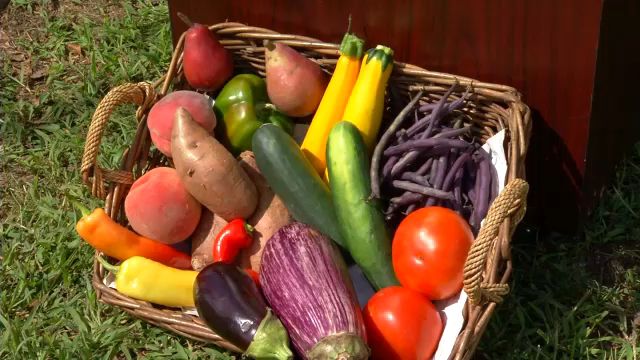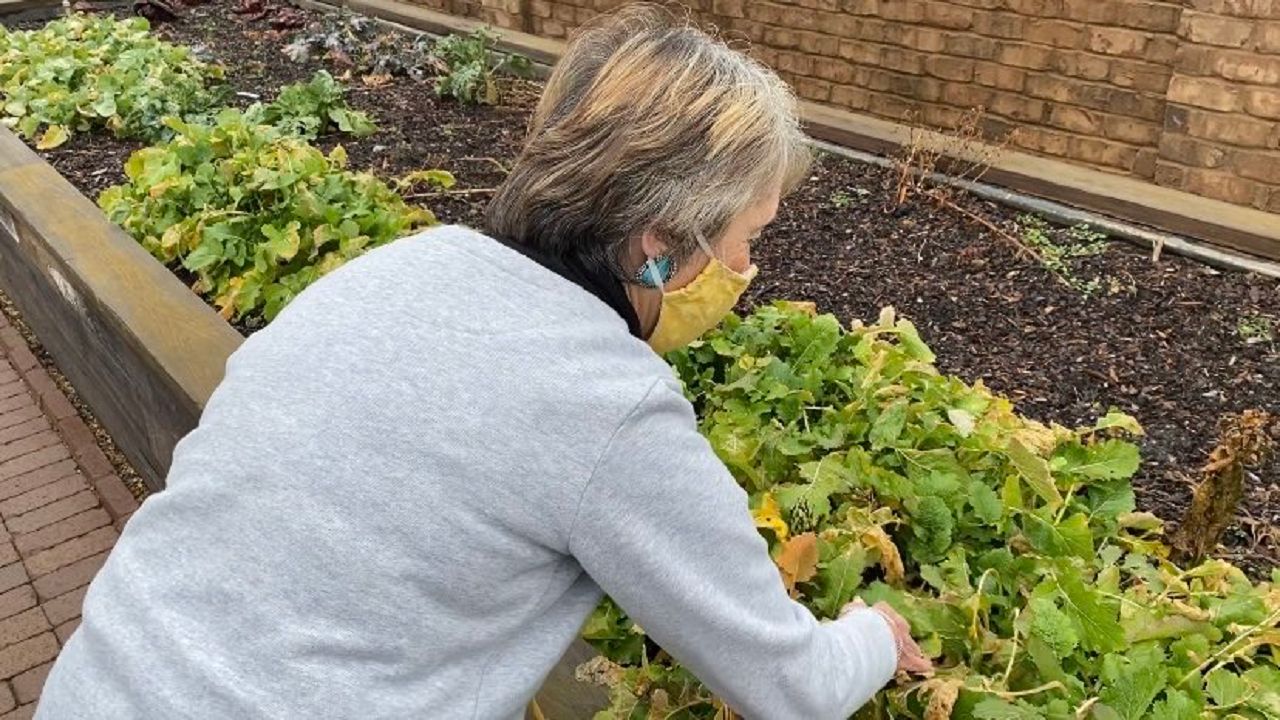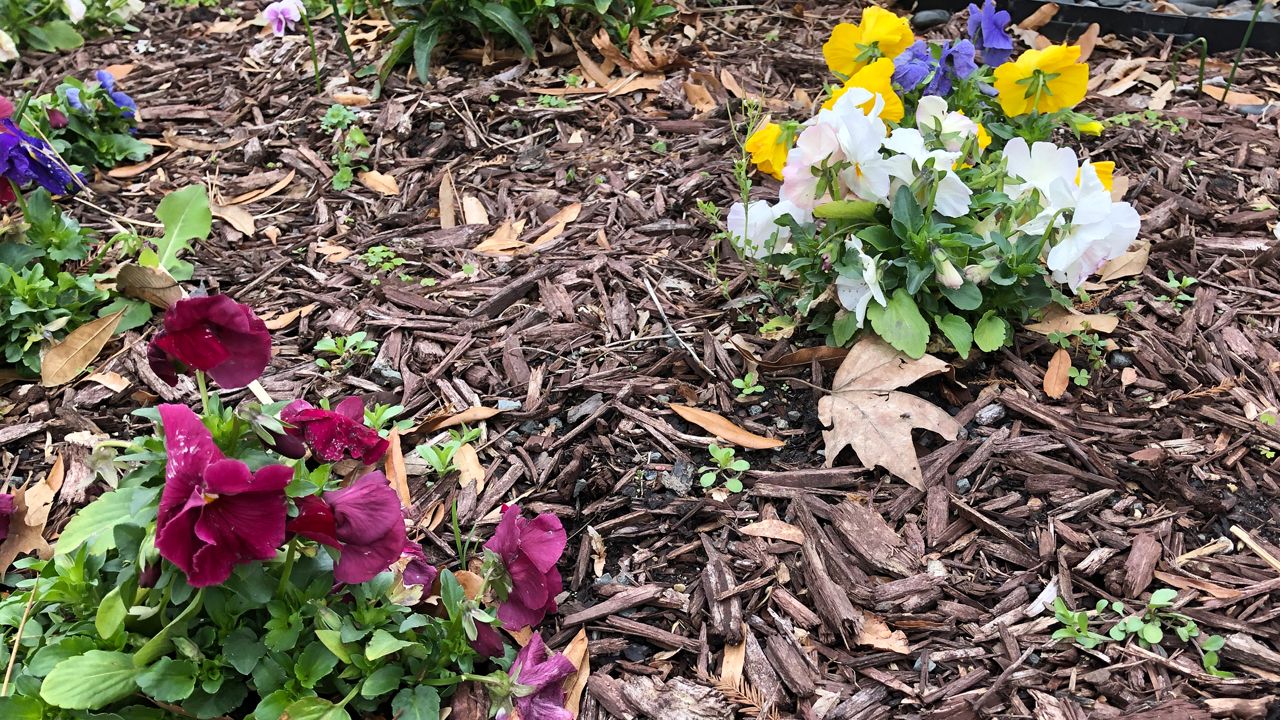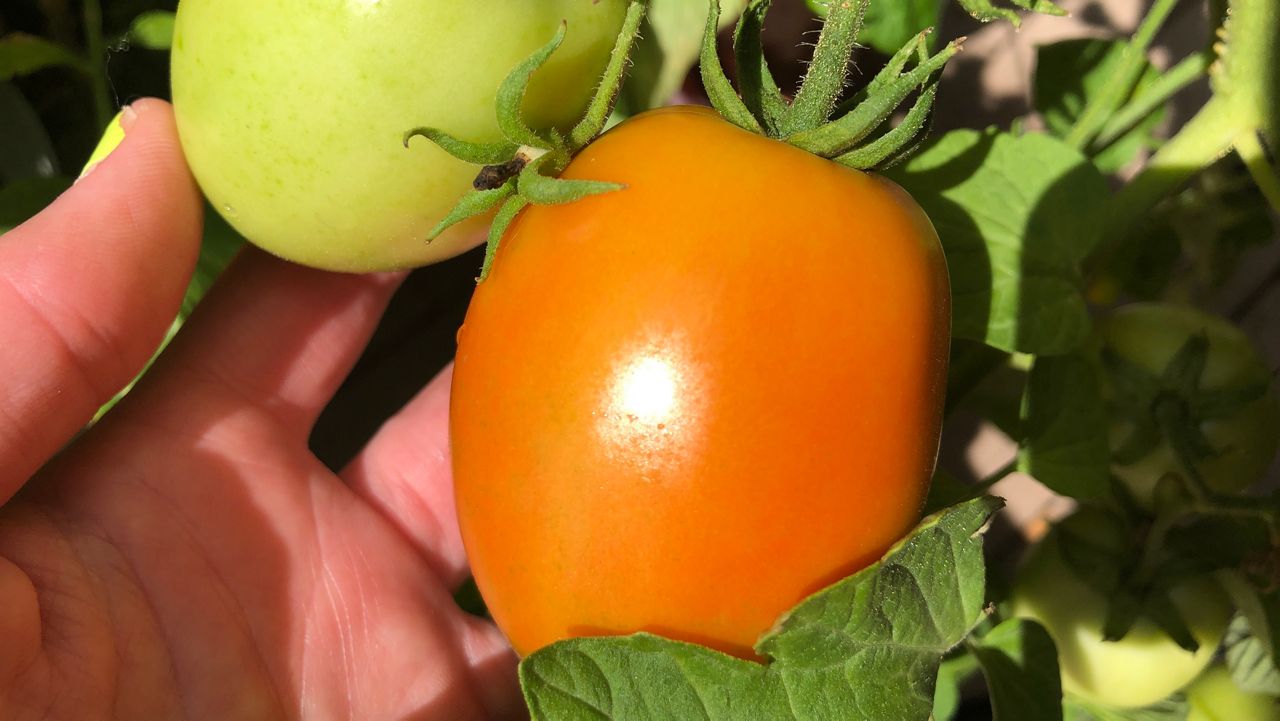It’s been a great stretch of weather for getting our spring and summer deck garden started this year.
I always look forward to those first seedling sprouts to pop above the soil in the containers out on my deck.
As a successful small-scale vegetable gardener over the past few years, I have decided that now is the time to lean into more sustainable and earth-friendly methods of growing.
Making changes toward new, healthier gardening goals can help you to reap some great rewards when it comes time to harvest.
Here I will share some tips on how easy it is to become a more eco-conscious gardener.
Recycle:
At the garden store, I recently saw a gentleman return a large stack of empty seedling containers to the staff. "Great idea" I hollered over to the man and he replied with a smile.
So instead of tossing out the containers, I learned they can be recycled and reused. Once I am done planting this year, I will be sure give my seedling containers back to the local greenhouse gardeners.
Upcycle:
If you start your garden plants from seed, and you typically use traditional store-bought trays, know there are other options. Instead you can use a paper towel tube cut into small sections. These paper cylinders can be the perfect size and shape for housing your seeds to get them growing.
Did you know you can also use citrus peels as containers when starting your seedlings indoors? It’s easy, just take your orange or grapefruit, cut it in half, hollow it out to make a home for seeds and soil.
Repurpose:
There are some nice perks to container gardening, like being able to grow without the need for a large space. You can make your garden unique with a custom layout and a plethora container styles.
So why not curate your garden look through a display of planters made from repurposed household items? That's right, nearly any container that is shaped like a bowl and holds soil can likely be turned into a planter.

Any sort of jar, tin, or basket can be transformed for gardening. Things like old milk jugs or two-liter bottles can be cut down to size.
Or for a vintage look why not try using old tins, a vase, or a glass bowl.
Don't forget about that cast-iron skillet, ceramic teapot or unused mixing bowl sitting in the back of your cabinet. Growing in an old rain boot, wheelbarrow, basket, or even a tire can give a hip and unique look to your plants.
Why not? If it looks fun, go for it! Keep in mind, you can always decorate your upcycled pots with colorful paint and stencils too for a personalized touch.
You only have store-bought containers you say? No problem! Once the growing season ends, you can clean them out and use the pots for storage. These traditional containers become a catch-all bin for items like digital device cords and spare keys.
Ceramic containers might also do well as candleholders that you can use all year round.

Green compost:
I’ll admit it, I am new to the compost game. I have always been a store-bought fertilizer type of gardener, but those days are done. Now I’m trying my hand at making some basic green lawn compost.
Instead of bagging and tossing fresh grass clippings, dead leaves, and picked off flower heads, I compile them in a compost container. Over time, these items transform into a natural, nutrient-rich, organic fertilizer that can feed hungry vegetable plants.
Through using a locally sustained fertilizer, the plants can grow more robustly and create healthier and tastier fruit. This also helps the environment by reducing waste.
To provide natural protection to my garden without using harmful pesticides, I am giving companion planting a go this growing season.
I’ve chosen to grow an herb garden along with a few marigold flowers, and this combination of plants can act as a great repellent to plant-sucking insects.
I also incorporated bright flowers and I will keep up local native shrubs to attract bugs and birds as defenders of the crop.
Through companion planting, garden enemies such as aphids, beetles, cutworms become shunned while assassin bugs, bees, butterflies, dragonflies and spiders (believe it or not) can thrive.

Instead of turning on the hose to water the garden this year, I plan on installing a rain barrel. Did you know that you can collect several hundred gallons of rainwater from just an inch of rain running off your house?
Why wouldn’t you harvest that water and reuse it to feed the garden? Rain barrels can be built with a DIY kit found in most home and garden stores or you can keep a basic bin or container near your rain runoff area.
Through this method, you are not only helping the environment but you will probably eventually enjoy the lower water bill too.
I hope you can use these easy ideas to grow some healthy food that nourishes your spirit this year. After all, gardening can be an activity that promotes healthier habits for both you and your domain.
Why not reach out to Heather.Morrison@Charter.com with your eco-healthy gardening suggestions and share your garden photos with us on the Spectrum News App.



